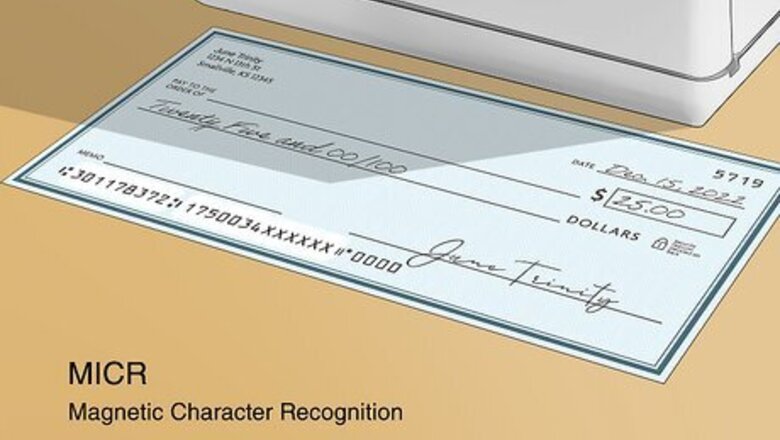
views
MICR Number Definition
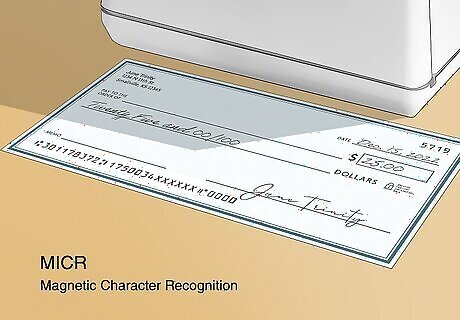
An MICR number is a financial code used by banks. MICR stands for Magnetic Character Recognition. Your full MICR code is the line of numbers printed at the bottom of your checks. This number is printed in magnetic ink, and special machines read this ink to process checks and move money through the banking system. Note that MICR codes and what they look like vary by country, financial institution, and even document. Your MICR account number is the number of your account contained within the code. See the section below for further details.
Is an MICR code different from an account number?
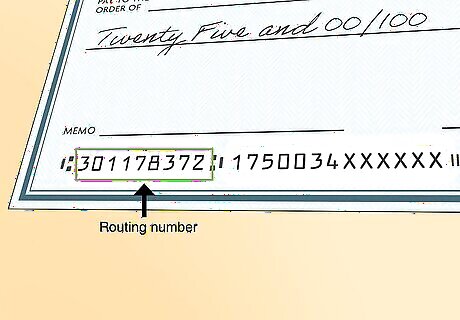
Yes, an MICR is different from an account or routing number. More specifically, an MICR code is a string of digits that contains both a routing number, which identifies the financial institution or bank, and an account number, which is your personal financial account’s identifier. MICRs also often contain a third code used to identify the financial document itself, like a check number, which identifies the individual check. Account numbers are simply used to identify individual accounts (not customers, since customers may have more than one account) at a financial institution. In the U.S., they’re often 12 digits long, but may vary by bank. In the U.S., routing numbers are 9 digits long, and the first 2 digits are coded to specify the Federal Reserve District, or location, of the institution. On the other hand, MICR numbers—the complete string of routing number, account number, and any other codes—are used to track and process financial documents and transactions.
How do I find my MICR account number?
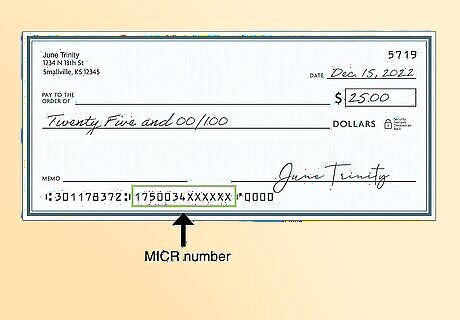
Examine the bottom of a check for your MICR account number. On most checks, the MICR number is the long string of digits along the bottom, and is usually divided into 3 groups. First the routing number, then the account number, then a check number. Note that the middle number is most often the account number. Some institutions may swap the position of the account number and check number. In the U.S., the routing number is always 9 digits, and whichever of the other 2 numbers is longer is the account number.

Log in to your bank’s website or app to find your account number. Most banks allow customers to view their account details online, including their MICR code, account number, and routing number. Log into your bank’s website or app, and navigate to your account page, then navigate to your account details, where these are often listed.

Call your bank to find your account number. If you don’t have checks or access to your bank’s website or app, call your bank and speak to a representative to find your MICR account number, as well the bank’s routing number and other relevant information. You’ll most likely need to identify yourself with your date of birth, social security number, or other identifying information.
What is an MICR number used for?

MICR codes are used to process checks and financial documents. MICR codes’ primary purpose is to enable banks and other financial institutions to quickly and securely transfer and track transactions. Cashing checks is perhaps the most common use, but MICR codes are also used to process things like money orders and Treasury checks.

MICR account numbers may be used to issue direct deposits. If your workplace offers direct deposits, they may request your account number in order to set up automatic payments with your bank or financial institution. Once this is done, money will automatically be moved to your account at the scheduled times.
Related Terms
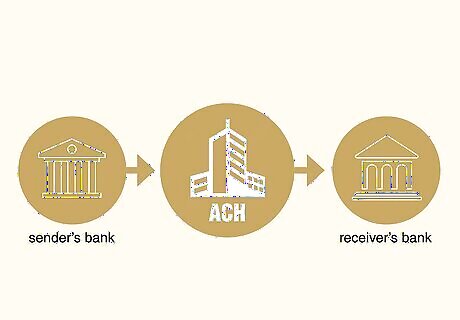
ACH ACH stands for Automated Clearing House. These are facilities where checks and other documents are filed and processed, then forwarded to the relevant institution.
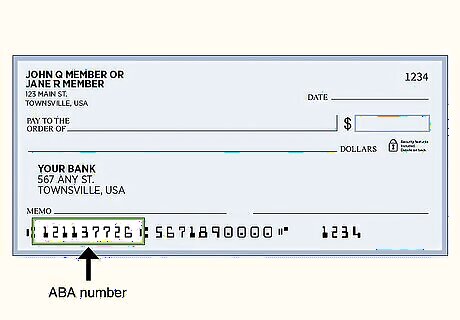
ABA ABA stands for American Bankers Association. An ABA number is the same as a routing number, and is simply the code assigned to a financial institution to identify it in the various systems needed to move money.
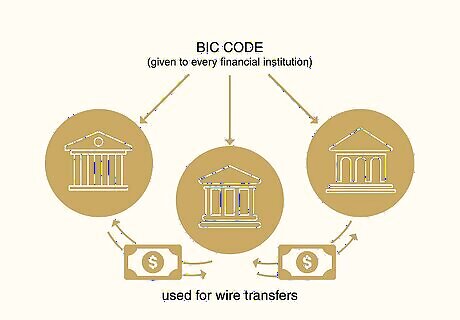
BIC BIC stands for Bureau International des Containers (that’s French!) or International Bureau of Containers, in English. A BIC code is given to every financial institution in the world, and facilitates moving money across the globe, not just within a single country. It’s mostly used for wire transfers. Your bank will usually indicate its BIC code somewhere on its website, or any time you’re making a wire transfer.
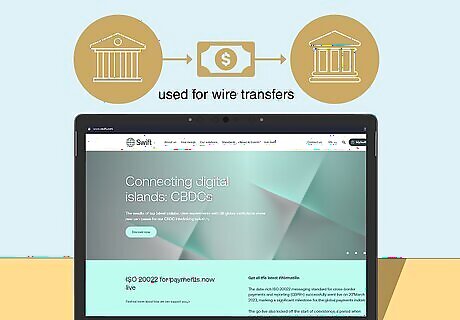
SWIFT SWIFT is short for Society for Worldwide Interbank Financial Telecommunication. SWIFT codes are very similar to BIC codes, allowing banks to facilitate international wire transfers.
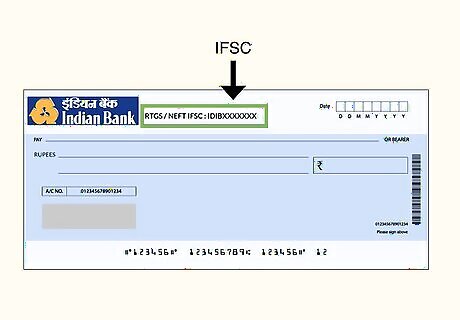
IFSC IFSC stands for Indian Financial System Code. These are 11-character codes that identify financial institutions exclusively in India, much like an India-specific routing number.




















Comments
0 comment